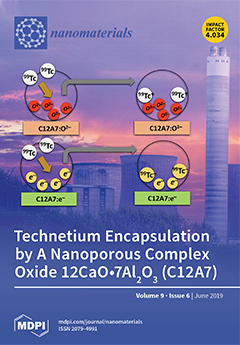The present pilot study tested the efficiency of nanoTiO
2 sunscreen to prevent the oxidative stress/inflammation caused by ultraviolet (UV) radiation using biomarkers in subjects’ blood, urine, and exhaled breath condensate (EBC). In addition, the skin absorption of nanoTiO
2 was studied. Six
[...] Read more.
The present pilot study tested the efficiency of nanoTiO
2 sunscreen to prevent the oxidative stress/inflammation caused by ultraviolet (UV) radiation using biomarkers in subjects’ blood, urine, and exhaled breath condensate (EBC). In addition, the skin absorption of nanoTiO
2 was studied. Six identical subjects participated in three tests: (A) nanoTiO
2 sunscreen, (B) UV radiation, and (C) sunscreen + UV. The first samples were collected before the test and the second after sunscreen application and/or UV exposure. On day 4, the third samples were collected, and the sunscreen was washed off, and the fourth samples were collected on day 11. The following biomarkers were measured: malondialdehyde, 4-hydroxy-
trans-hexenal, 4-hydroxy-
trans-nonenal, aldehydes C6-C12, 8-
iso-Prostaglandin F2α, o-tyrosine, 3-chlorotyrosine, 3-nitrotyrosine, 8-hydroxy-2-deoxyguanosine, 8-hydroxyguanosine, 5-hydroxymethyl uracil, and leukotrienes, using liquid chromatography-electrospray ionisation-tandem mass spectrometry. Titania was measured using inductively coupled plasma mass spectrometry and TiO
2 nanoparticles by transmission and scanning electron microscopy. Sunscreen alone did not elevate the markers, but UV increased the biomarkers in the plasma, urine, and EBC. The sunscreen prevented skin redness, however it did not inhibit the elevation of oxidative stress/inflammatory markers. Titania and nanoTiO
2 particles were found in the plasma and urine (but not in the EBC) in all sunscreen users, suggesting their skin absorption.
Full article






